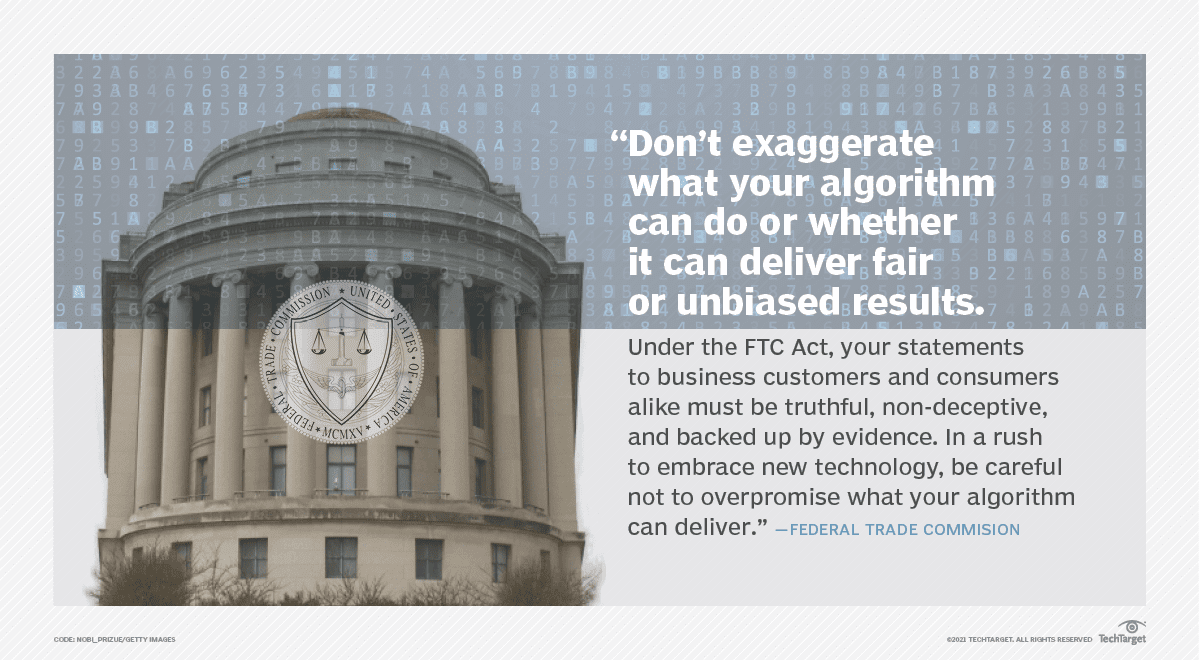When the Power Goes OutSeattle has a reputation for being rainy, though it’s actually drier than many other places that don’t have that reputation. However, when the rains do start in October, they can be fearsome. One such storm passed through the Puget Sound this week, leaving tens of thousands of houses without power (including your humble editor’s), downing trees with fifteen-foot trunks, creating localized flooding, and coating streets with two-inch-thick layers of fir needles and branches. Being without power sucks. Cooking becomes problematic. I finally did a late-night search until I found an IHOP that was still open for my family (doing drive-through only during the pandemic), then eating by camp LED light. Even then I ruined a perfectly good English muffin by spreading what I thought was strawberry jam on it, only to discover that it was in fact ketchup. Not an experience I’d recommend, by the way. Moreover, the downside to being always connected is that, even if you have power in your laptop or tablet, the home modems that power the routers don’t work because, well, they run on electricity. Unless you’ve invested in a UPS (never a bad idea), this means that your significant documents are out on the cloud somewhere, inaccessible, taunting you with the revisions that you made but didn’t make locally. A few years ago, there was an intriguing trend towards backless clients, web applications that could run locally, but that could nonetheless connect to the Internet when it was available. It was an intriguing idea, but such design patterns can be as transient as Paris fashion – or October storms. Do developers still create apps this way? We need, sometimes, to remember that good application design is often as important as good data design. Design with fault tolerance, accessibility, and flexibility built-in, not an afterthought. Ask yourself what happens when the next storm comes through. Code so that your application works just fine even with the power out and the strawberry jam looking suspiciously like ketchup. Kurt Cagle To subscribe to the DSC Newsletter, go to Data Science Central and become a member today. It’s free! Data Science Central Editorial CalendarDSC is looking for editorial content specifically in these areas for November, with these topics having higher priority than other incoming articles.
DSC Featured Articles
Picture of the Week
To make sure you keep getting these emails, please add [email protected] to your browser’s address book.
Join Data Science Central | Comprehensive Repository of Data Science and ML Resources
Videos | Search DSC | Post a Blog | Ask a Question Follow us on Twitter: @DataScienceCtrl | @AnalyticBridge This email, and all related content, is published by Data Science Central, a division of TechTarget, Inc.
275 Grove Street, Newton, Massachusetts, 02466 US You are receiving this email because you are a member of TechTarget. When you access content from this email, your information may be shared with the sponsors or future sponsors of that content and with our Partners, see up-to-date Partners List below, as described in our Privacy Policy . For additional assistance, please contact: [email protected] copyright 2021 TechTarget, Inc. all rights reserved. Designated trademarks, brands, logos and service marks are the property of their respective owners. |



